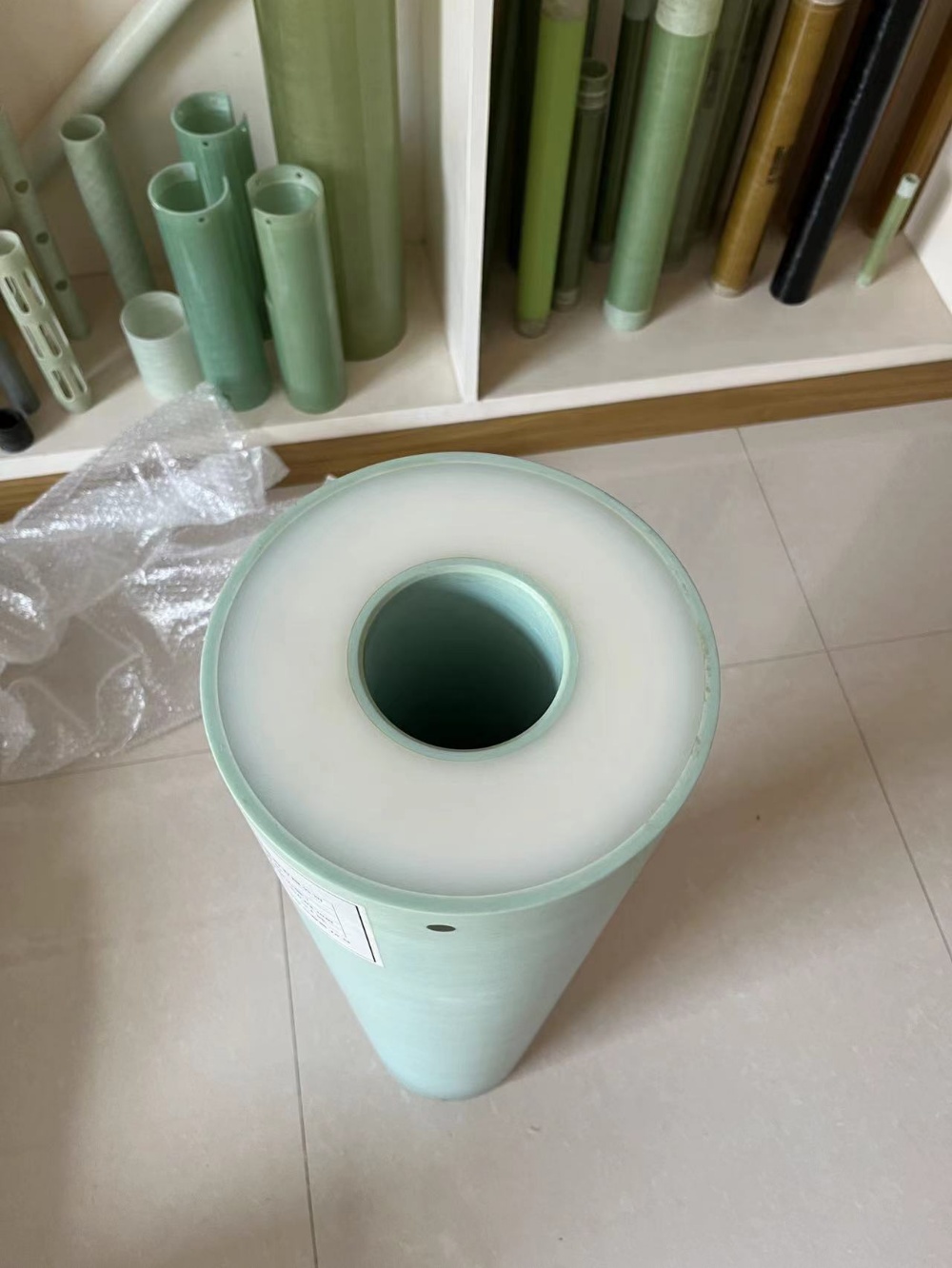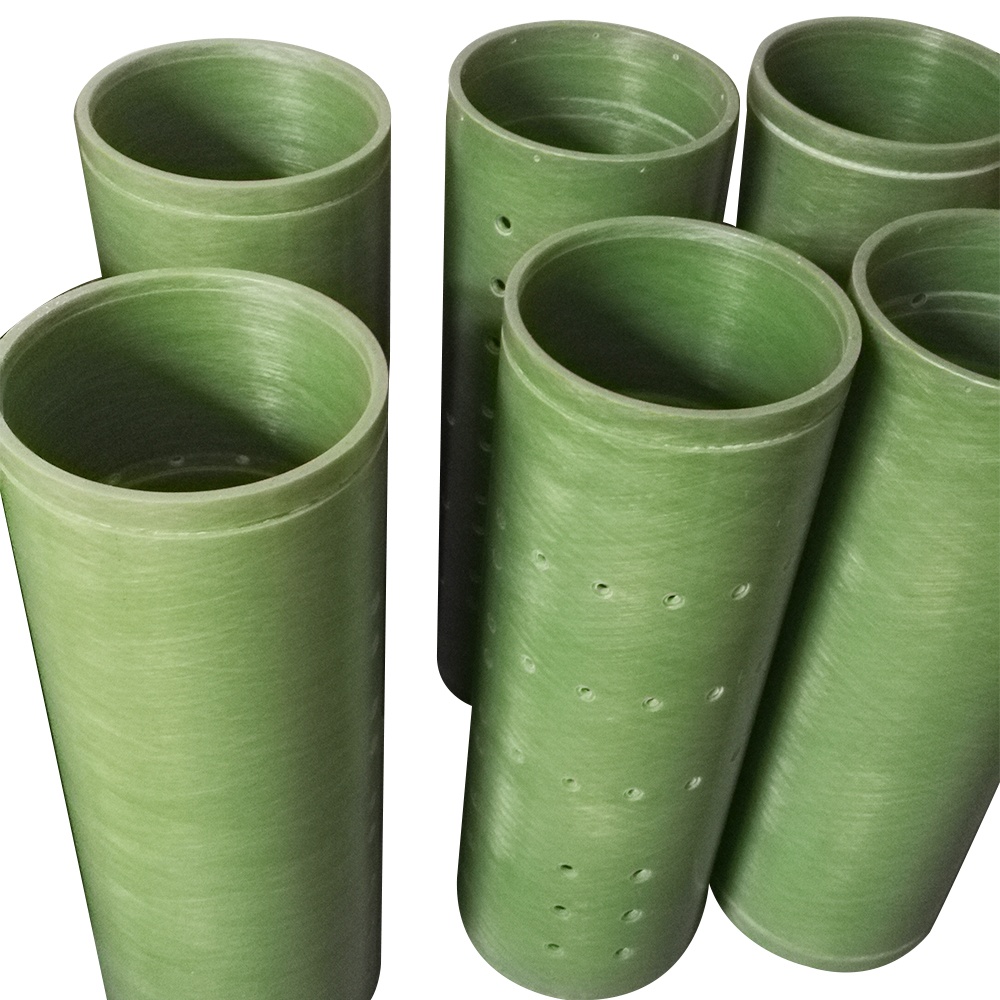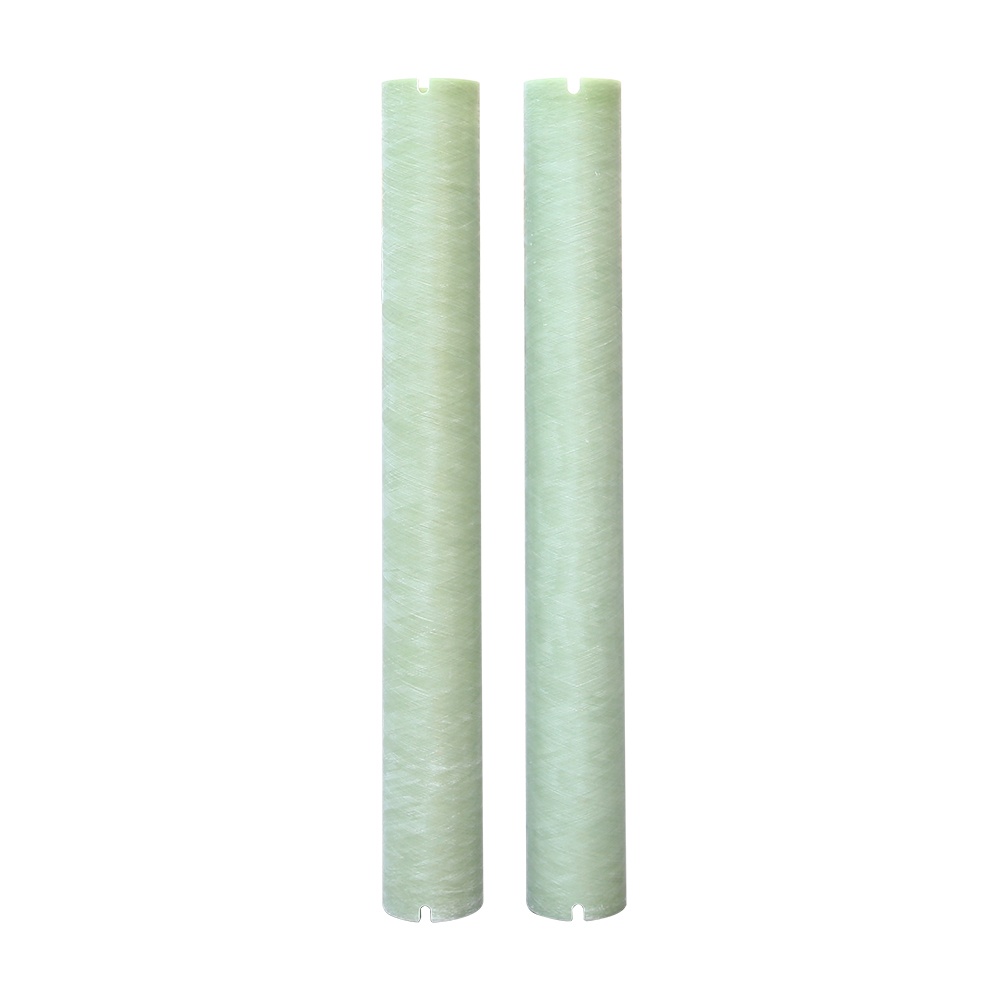What is casing pipe for oil well drilling?
What is a casing pipe?

Types of casing pipes:
Casing pipes can be classified into different types based on their diameter, length, thickness, and material. In general, there are three types of casing pipes manufactured by fiberglass epoxy resin tube manufacturers in China: surface casing, intermediate casing, and production casing. Each type of casing serves a different purpose. Here's a brief overview of the differences:
1. Surface casing
Surface casing is the outermost layer of casing closest to the surface and is typically made of low-strength steel or plastic. Its function is to protect shallow soil and water sources around the wellbore and prevent contamination and erosion.
2. Intermediate casing
Intermediate casing is located between the surface casing and production casing and is a thicker and more durable casing. It is mainly used to support the wellbore and isolate different rock formations to reduce the risk of oil or gas leakage.
3. Production casing
Production casing is the casing used in deeper underground layers. As it needs to withstand extreme conditions such as higher temperatures, pressures, and corrosiveness, production casing is typically made of high-strength alloy materials. Its function is to support the wellbore and maintain its stability.
Advantages of casing pipes:

Casing pipes are essential and indispensable for every construction project, not only improving safety but also reducing environmental risks and increasing oil recovery rates. Here are three advantages of casing pipes:
1. Improved safety: Casing pipes can effectively support and reinforce the wellbore, preventing collapse and improving drilling safety and stability, avoiding accidents.
2. Reduced environmental risks: By isolating the oil or gas layer from surrounding rock formations, casing pipes reduce the risk of leaks and pollution. This helps protect the earth's environment and ecosystem.
3. Increased oil recovery rates: Casing pipes can increase oil recovery rates by encasing oil or gas layers and directing them to the surface. This improves efficiency in oil production and reduces energy waste.
Multilayer structure of casing pipes:

Conclusion:
Casing pipes are an indispensable part of the petroleum drilling process, supporting and reinforcing the wellbore and preventing collapse. They have advantages such as improved safety, reduced environmental risks, increased oil recovery rates, ensured drilling continuity, and features such as durability, multilayer structure, and regular maintenance. With the continuous advancement of technology and the growing demand for energy, the importance of casing pipes will become more and more prominent.

